Wolves are iconic wild canids mainly divided into two species: the gray wolf and the red wolf. The gray wolf includes numerous subspecies distributed worldwide. This article introduces 16 key wolf types, including gray wolves and their well-known subspecies, as well as red wolves, providing a thorough understanding of these apex predators.

Once among the most widely distributed mammals globally, the gray wolf has become extinct in much of Western Europe, Mexico, Japan, and parts of the USA. Despite threats, it maintains a broad range in the Northern Hemisphere with a stable population trend and is not currently classified as endangered worldwide. Gray wolves live in structured packs and adapt to diverse habitats, primarily preying on large wild ungulates such as moose, caribou, deer, and wild boar. They also hunt domestic livestock occasionally and consume smaller prey and carrion.
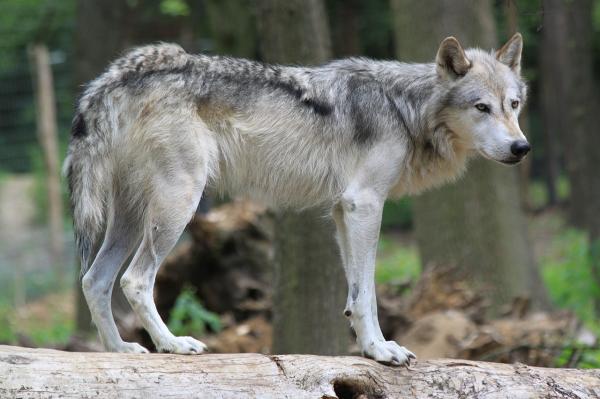
The most recognized and largest gray wolf subspecies in the Old World, found across Eurasia, including forests, tundra, steppes, and mountains. Its coarse fur varies regionally, and sexual dimorphism is evident with females smaller than males.
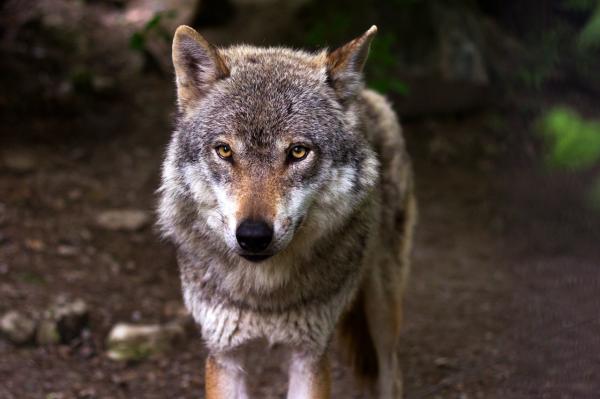
Inhabits deserts and semi-deserts of the Middle East (Saudi Arabia, Jordan, Iraq, Yemen, parts of Israel and Oman). Small-sized, about 66 cm long and up to 20 kg in weight. Usually found alone or in small groups, with long ears and fused central toes. Unlike other wolves, it does not howl.
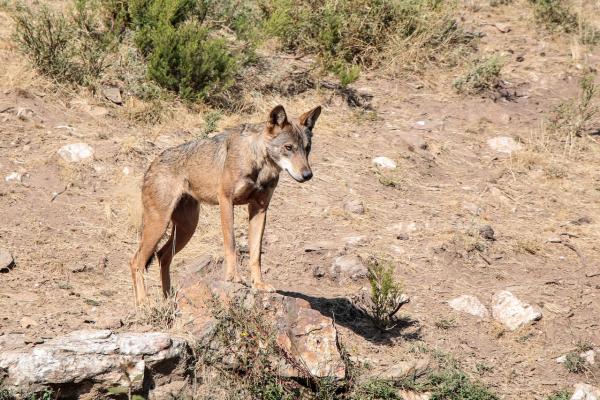
Lives in tundra and forests from northern Russia to Scandinavia. It has long, dense, soft white or gray fur adapted to extreme cold. It migrates alongside reindeer, traveling 200 to 300 km annually.

Native to Canada’s Arctic islands and northern Greenland, with lighter-colored fur. It travels vast distances in harsh environments hunting caribou, musk oxen, Arctic hares, ptarmigans, lemmings, and moose.
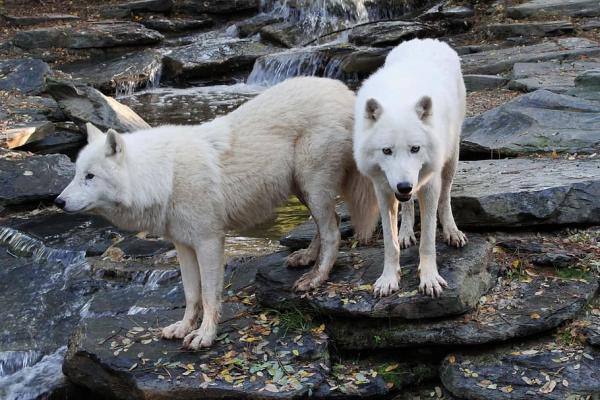
Medium-sized subspecies with brown fur, found in semi-arid regions of northern Mexico and southwestern USA. Nearly extinct due to hunting and habitat loss, it is recovering through a binational reintroduction program.

Small subspecies weighing up to 25 kg, distributed from Southwest Asia to India in semi-arid warm regions. Recent DNA studies suggest it may be a distinct species, Canis indica, having been isolated from other wolves for over 400,000 years.
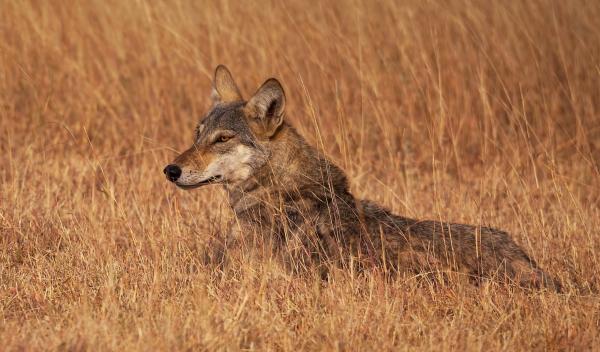
Endemic to northwest Iberian Peninsula, characterized by a dark saddle-shaped patch on its back and vertical black stripes on front legs. Northern populations are stable, southern ones fragmented and threatened. Protected species in Spain since 2021.
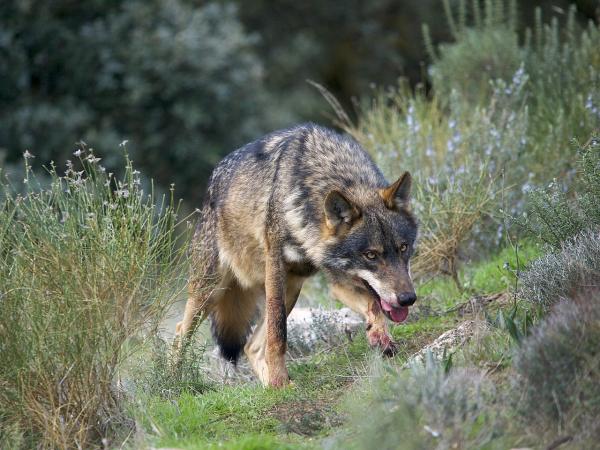
Large dark-coated subspecies living in northwest Canada and Alaska. Susceptible to diseases like distemper and rabies.

Found in North Carolina and Tennessee, USA, reintroduced in 1987. Inhabits agricultural and pine forest mosaic habitats with abundant prey and low human presence. Its taxonomy is debated, possibly a hybrid or distinct species.
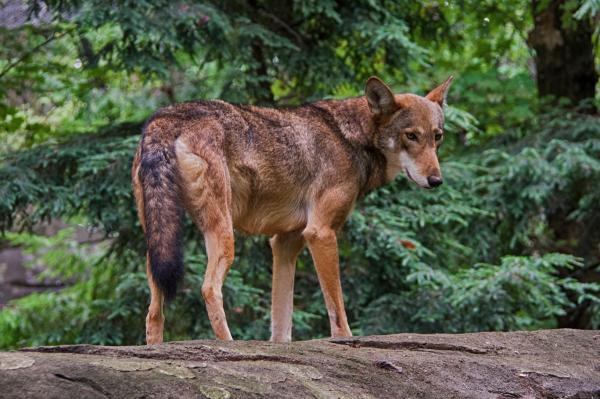
Italian Wolf (Canis lupus italicus)
Mackenzie Valley Wolf (Canis lupus occidentalis)
Vancouver Island Wolf (Canis lupus crassodon)
Greenland Wolf (Canis lupus orion)
Baffin Island Wolf (Canis lupus manningi)
Tibetan Wolf (Canis lupus chanco)
These 16 wolves and subspecies highlight the diversity and adaptability of the Canis genus. Understanding their distribution and habits is crucial for conservation efforts. For more, explore our related article on differences between coyotes and wolves.
animal tags: wolves
We created this article in conjunction with AI technology, then made sure it was fact-checked and edited by a Animals Top editor.